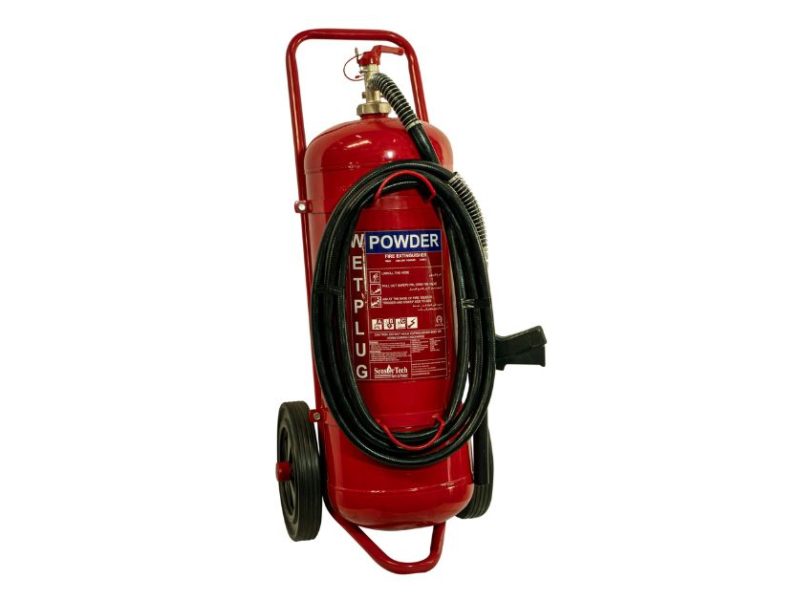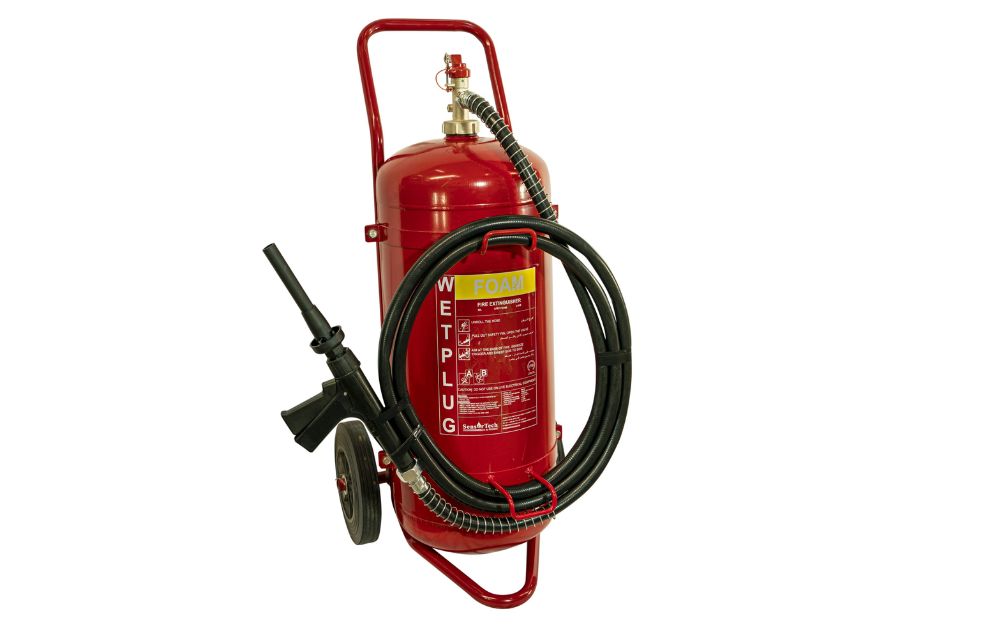
In large commercial spaces like warehouses, factories, airports, and industrial facilities, having the right fire safety equipment is crucial. One of the most reliable fire suppression tools for such areas is the Trolley Fire Extinguisher. Unlike standard portable extinguishers, these wheeled units provide higher capacity, extended reach, and the ability to tackle larger fires more efficiently.
However, like all fire safety systems, these fire extinguishers must be maintained regularly to ensure they’re ready when an emergency occurs. Neglected extinguishers can lead to equipment failure, putting lives, property, and business operations at risk. In this blog, we’ll explore the best practices for maintaining these fire extinguishers in commercial settings.
Why Regular Maintenance Matters
These fire extinguishers are typically deployed in high-risk environments. These areas may contain flammable materials, electrical machinery, or large-scale operations where fire can spread rapidly. Proper maintenance ensures:
- Immediate functionality during emergencies
- Compliance with fire safety regulations
- Reduced risk of equipment corrosion or leaks
- Increased equipment lifespan
- Peace of mind for facility managers and business owners
1.Follow the Manufacturer’s Instructions
Every type and brand of Trolley Fire Extinguisher comes with a manufacturer’s guide detailing specific maintenance procedures. Always keep this manual accessible and follow:
- Recommended inspection intervals
- Recharging guidelines
- Storage conditions
- Components that may require regular replacement
Never assume one-size-fits-all; foam, dry powder, CO₂, and water-based extinguishers may have very different maintenance needs.
2.Conduct Monthly Visual Inspections
One of the simplest yet most effective maintenance routines is a monthly check-up. Here’s what to look for:
- Physical Damage: Dents, corrosion, or leakage on the body or hose
- Pressure Gauge: Needle should be in the operable green zone
- Hose and Nozzle: Ensure no obstructions, cracks, or wear
- Wheels and Frame: Check for mobility and signs of rust
- Seal and Tamper Tag: Should be intact to ensure the extinguisher hasn’t been used or tampered with
Document these inspections in a maintenance log for tracking and compliance.
3.Ensure Accessibility and Visibility
Even a perfectly maintained trolley extinguisher is useless if it’s blocked or hard to find. Best practices include:
- Storing in visible, designated locations
- Keeping access routes clear at all times
- Adding signage and reflective markings
- Training staff to know its exact position
Improper storage can result in delays during emergencies, which could lead to avoidable damage or injuries.
4.Schedule Annual Professional Servicing
While monthly inspections can be handled in-house, professional servicing should be done annually by certified technicians. This includes:
- Full discharge testing (if applicable)
- Checking internal components for corrosion or wear
- Refilling and re-pressurizing units
- Testing release valves and mobility features
- Certifying compliance with safety standards
Technicians also affix inspection tags or service stickers to show the last maintenance date, keeping you compliant with fire safety regulations.
5.Check for Expiry and Replacement Needs
All fire extinguishers, including trolley types, have a limited service life. Keep an eye on:
- Hydrostatic test dates (usually every 5 years)
- Manufacturer’s expiration date
- Signs of wear & tear that warrant replacement
Don’t wait until it’s too late—replace outdated or compromised extinguishers immediately to maintain your fire safety readiness
6.Train Staff on Proper Usage and Checks
Maintenance isn’t only about technical work—it’s also about people. Training staff to know early warning signs and operate equipment correctly is a vital part of ongoing care.
Include training in:
- Identifying extinguisher types and purposes
- Performing visual checks
- Using trolley extinguishers safely during an emergency
- Reporting damage or usage immediately
Well-informed personnel are an essential component of any fire prevention strategy
7.Use Weather-Proof Covers if Stored Outdoors
In some commercial environments, especially construction sites or logistics yards, trolley fire extinguisher may be stored outdoors. In such cases:
- Use weather-proof covers to prevent rust, dirt buildup, and UV exposure
- Elevate slightly above ground to avoid water damage
- Secure in place to prevent tipping or movement during strong winds
Environmental exposure is a common cause of extinguisher failure, but proactive protection can prevent this
8.Keep Records for Compliance and Insurance
Maintain a logbook that includes:
- Dates of monthly and annual inspections
- Names of persons performing maintenance
- Details of repairs, replacements, or recharges
- Certification documents from service providers
This documentation is essential for passing fire safety audits and validating insurance claims.
In Conclusion
Maintaining these fire extinguishers in commercial spaces is a responsibility that should never be overlooked. These powerful firefighting tools can make a critical difference in large-scale fire emergencies—but only if they are well-maintained, regularly inspected, and easily accessible.
For reliable trolley fire extinguishers, expert servicing, and fire safety solutions, trust Sensor Tech—your partner in comprehensive fire protection





